Gothenburg

Centre of Scandinavia and bringer of ABBA and IKEA to the world

Sweden is the largest and most populated of the Scandinavian countries, being larger than Germany and almost as big as Spain. The Swedish Empire controlled much of Scandinavia during the 17th century, and Sweden only granted Norway its independence in 1905. Gothenburg is Sweden’s second city, an important economic and industrial centre, with a large port and the headquarters of Volvo motor cars.
We spent two nights in Gothenburg as part of our summer Scandinavian tour in 2013, starting and finishing in Copenhagen. The two cities are directly connected by train in under four hours, across the Öresund Bridge which first linked Sweden and Denmark by road and rail in 2000. This was my first visit to Sweden but I shall certainly be back!
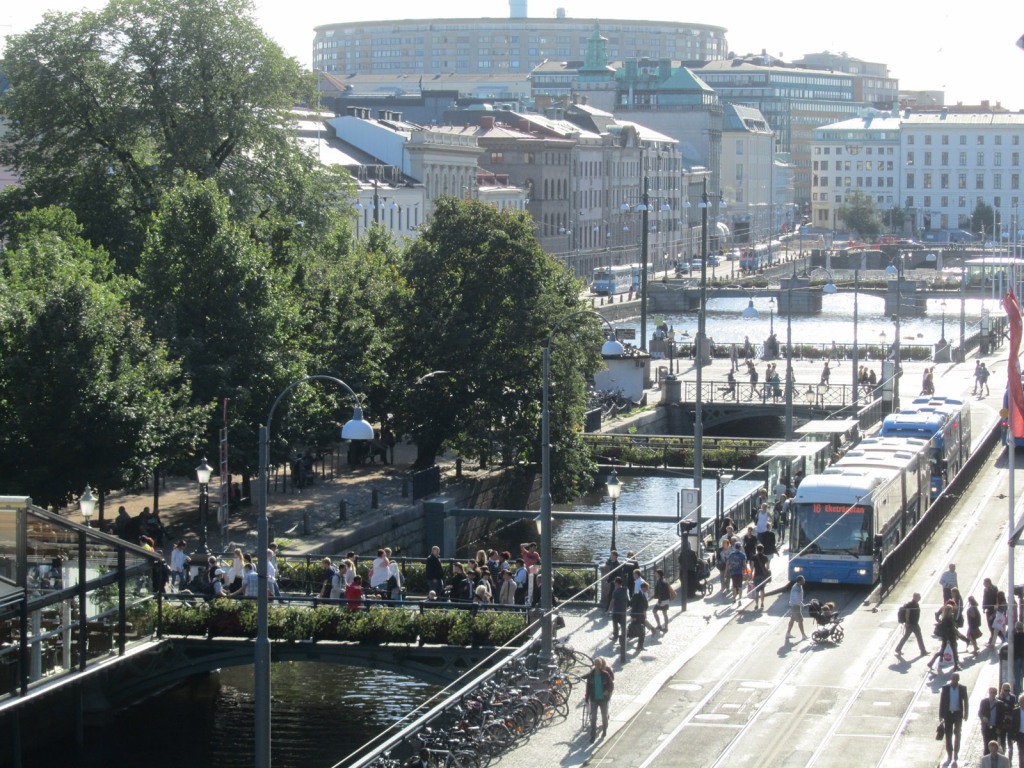
The view from our hotel room of a sunny afternoon in Gothenburg, looking along the canal that encircles the city centre.
Our lodgings, the Grand Hotel Opera, was somewhat more spacious and also much better value than the cupboard we had been staying at in Copenhagen. I’d heard that Denmark was expensive, but was pleasantly surprised at the relatively reasonable prices in Sweden.
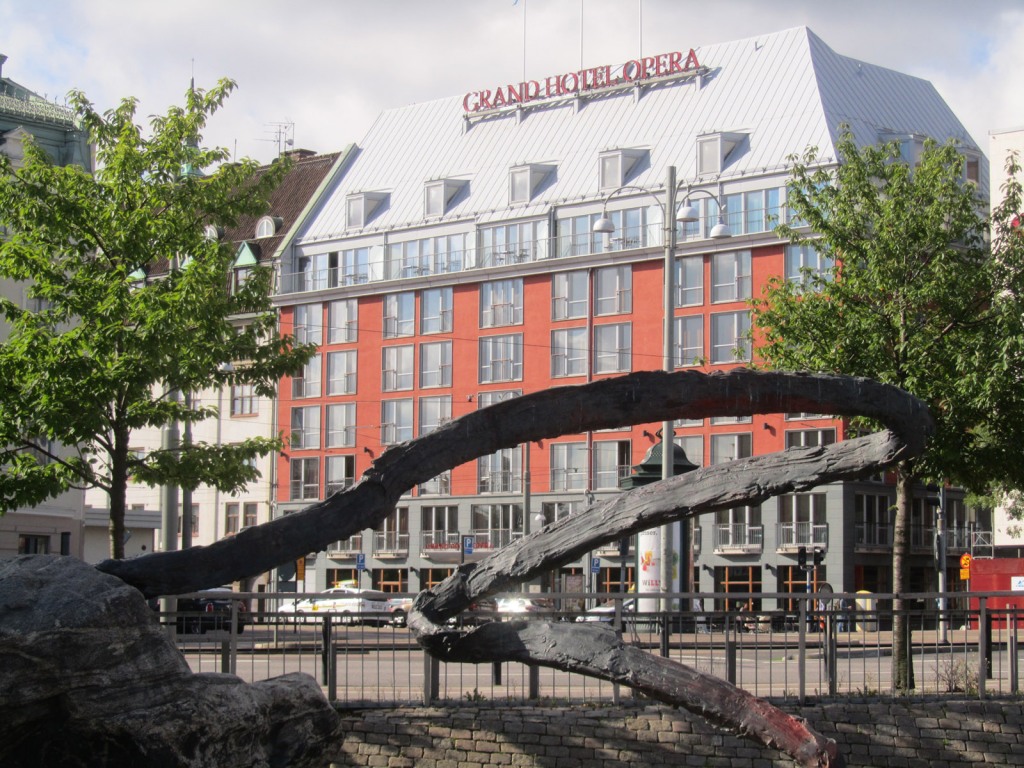

Many European cities now have a public access bike rental scheme, such as London‘s so-called “Boris Bikes”, and here the Styr & Ställ, or perhaps “Bjorn Bikes”? Great for getting lazy tourists active.
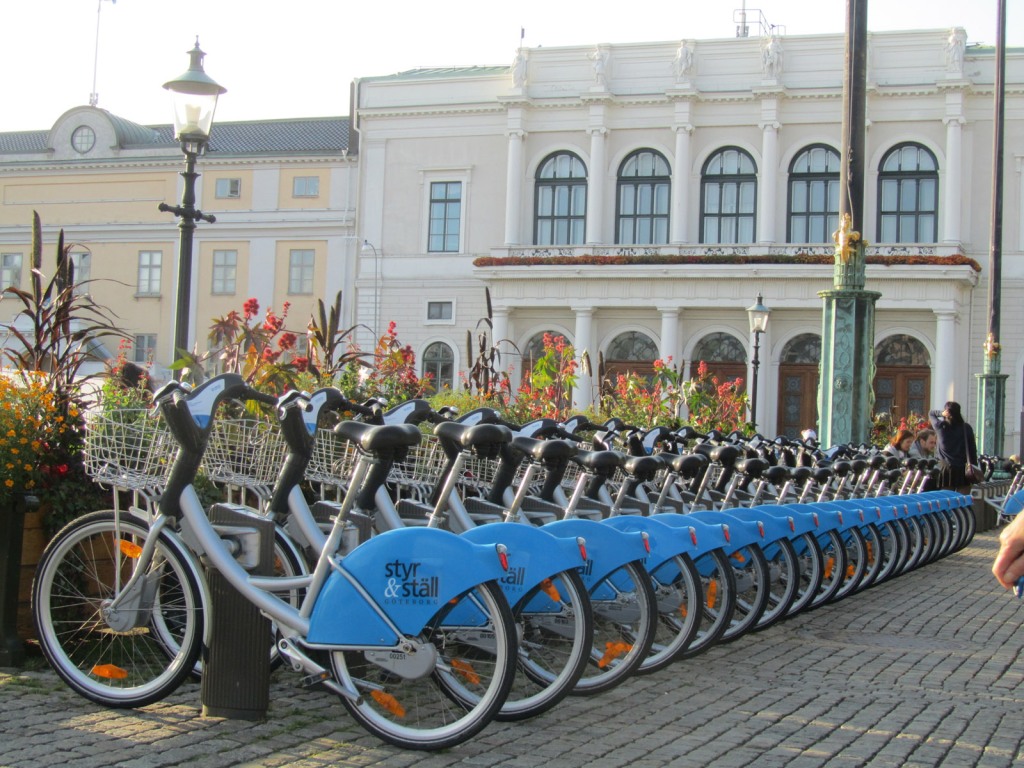
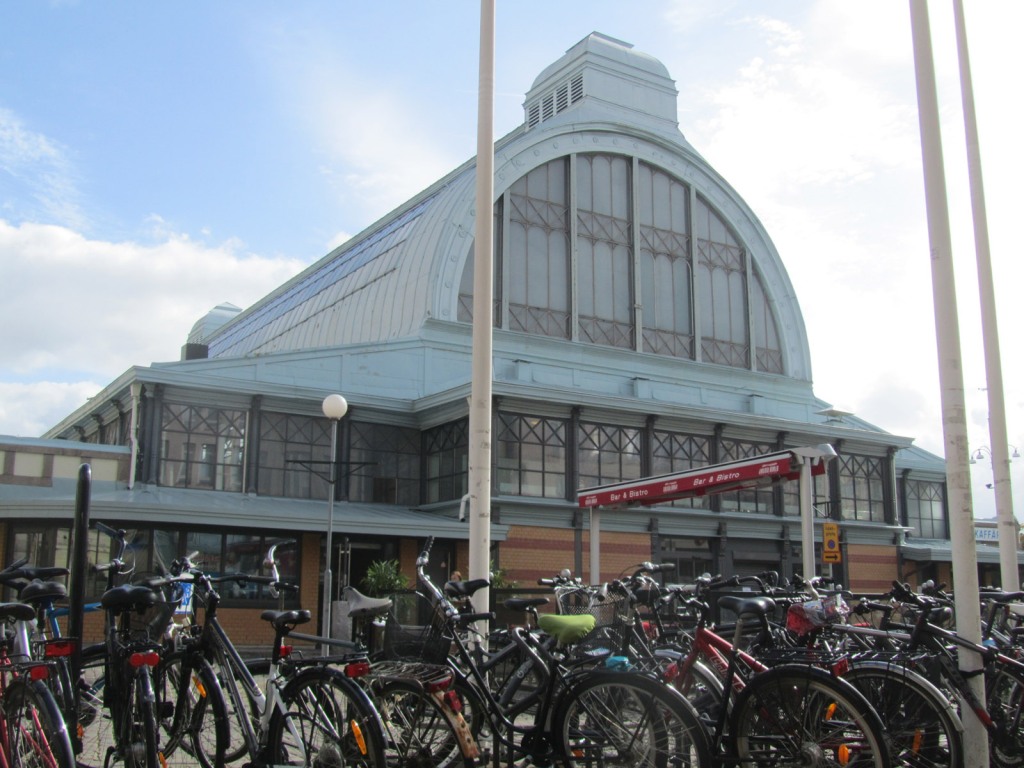
Stora Saluhallen s the largest market hall in town and has been flogging its wares under a distinctive copper roof since the late 1800s.
The Market Hall has come a long way since its heyday of bartering and butchery, and is as clean and gentrified as could be. Plenty of nice little snackettes available to try.


Nearby is Feskekorka, the Fish Church, specialising in all things piscine. Despite its appearance, it never was a church and was purpose-built as the House of Fish.
The most picturesque part of old Gothenburg is Haga, with its wooden houses and bijou shops. This is looking down Nygata, through the centre of Haga.
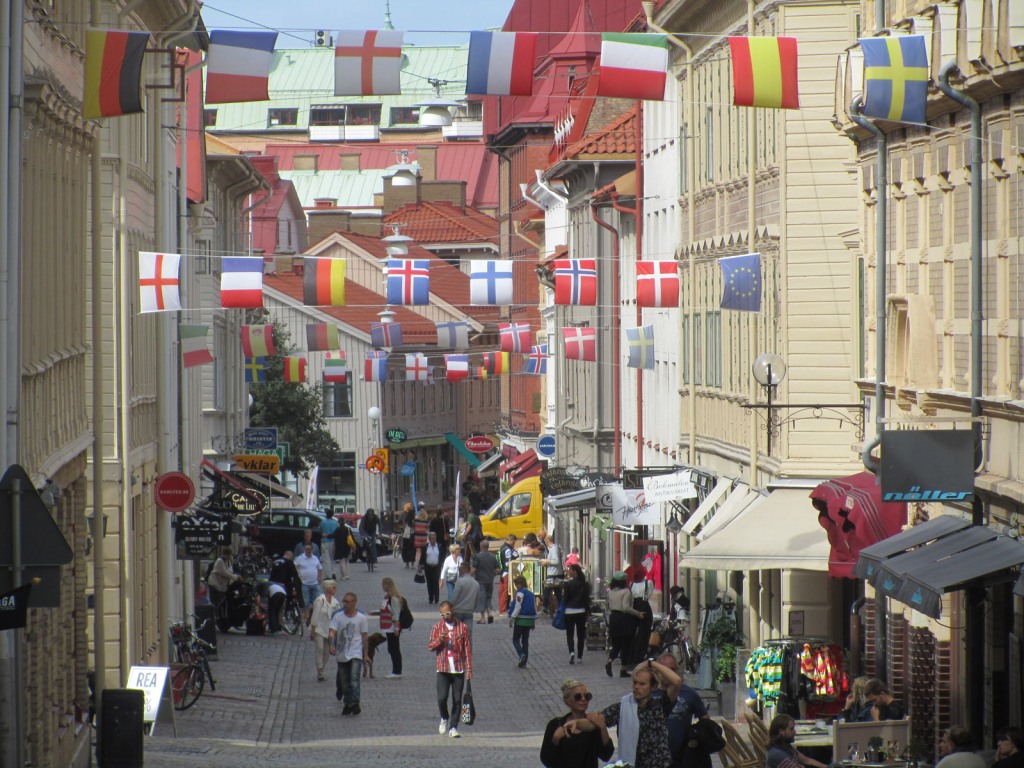
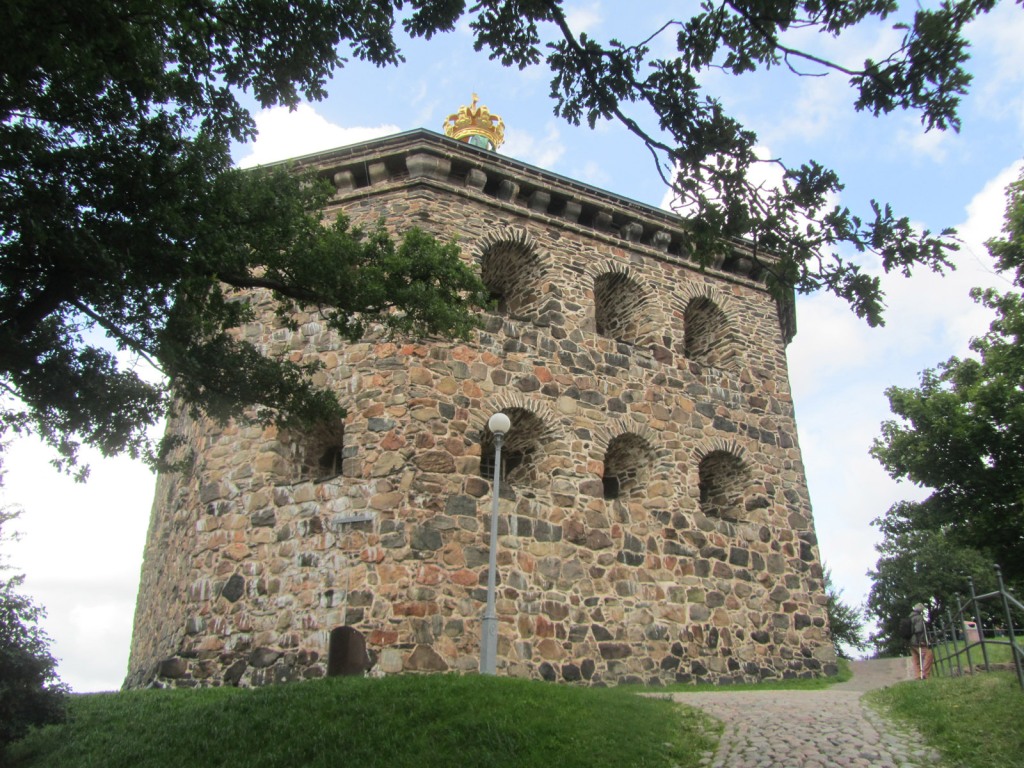
Standing over Haga is the fortified round tower Skansen Kronan, built in the late 1600s outside the city walls. For a small fee you can step through the enormously thick walls and climb up inside to the rooms still bristling with cannons. It can also be rented for functions.
A view of Gothenburg from Skansen Kronan, with Oscar Fredrik’s Church and Masthugget Church in the far distance.

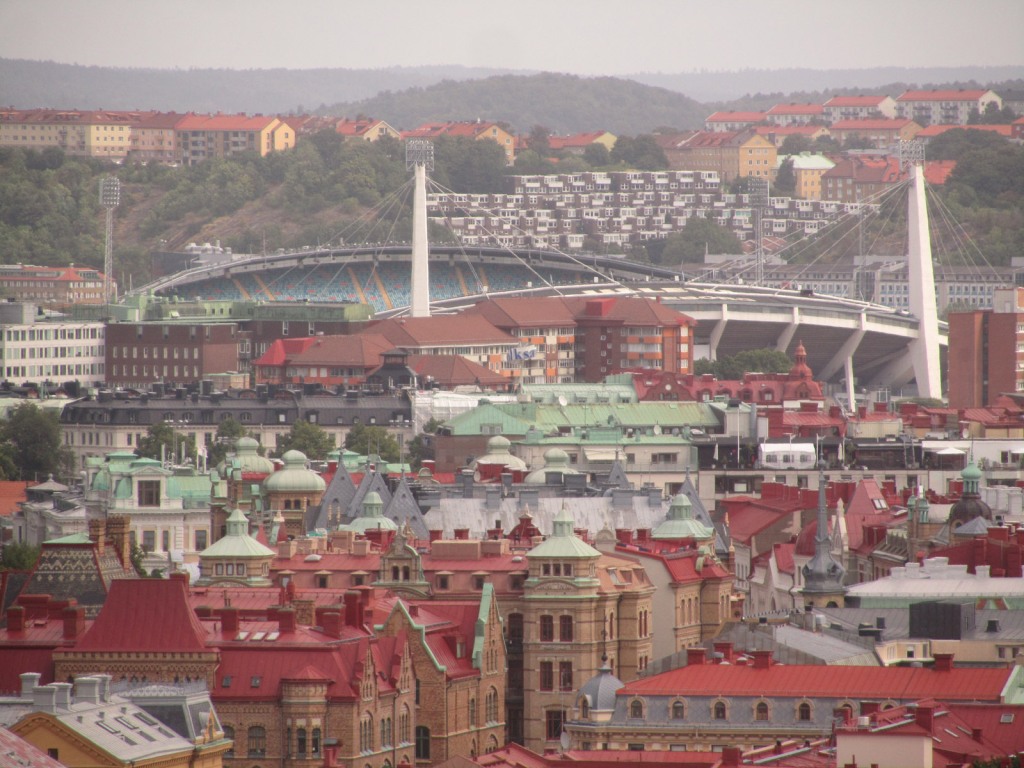
A view from Skansen Kronan across the red, red rooftops of Gothenburg.
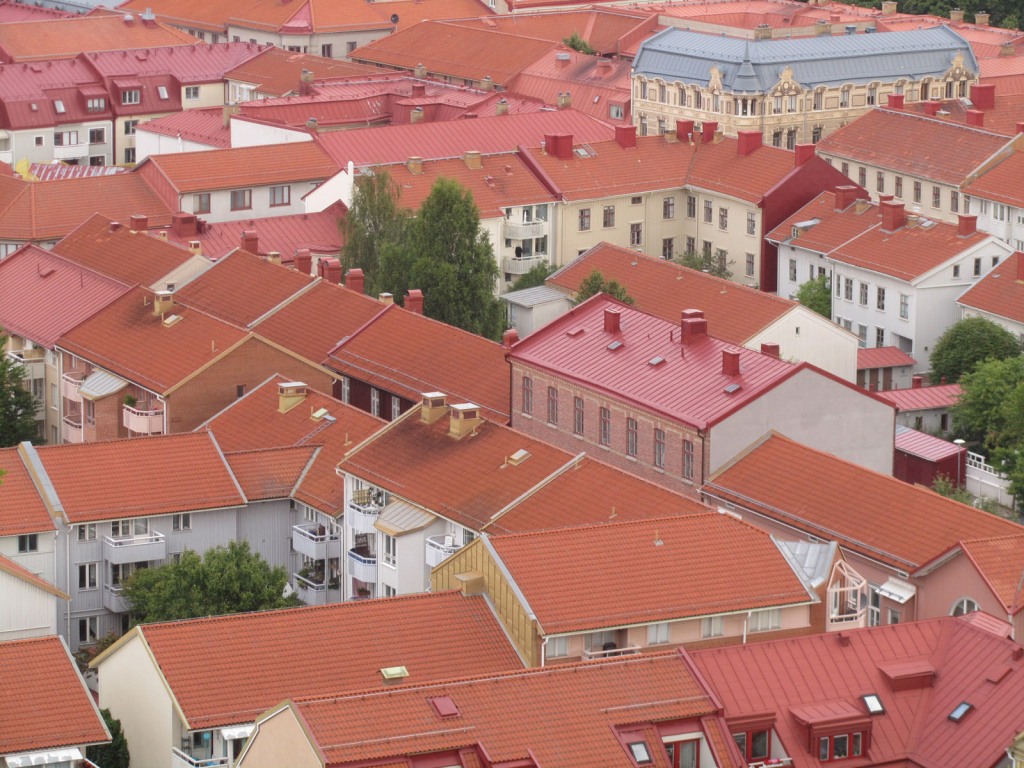
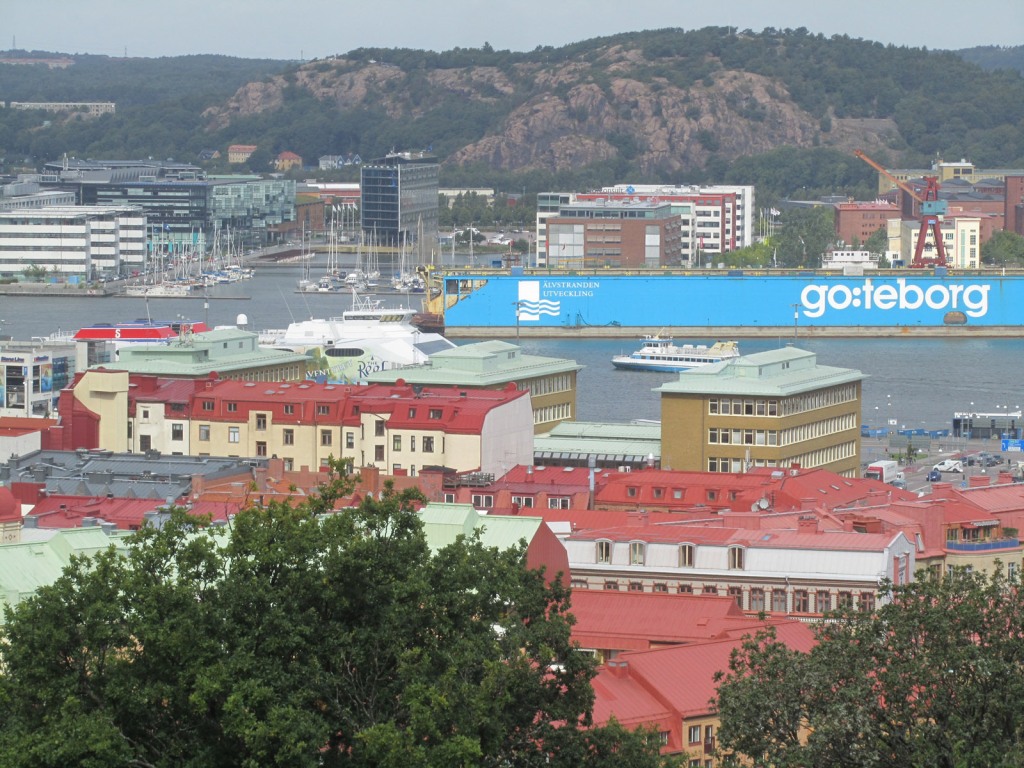
Gothenburg hosts an enormous port, the largest on the Scandinavian peninsula and handling around a third of the whole of Sweden’s trade. The giant blue barge is a floating dry dock.
Slottsskogen Park is Gothenburg’s largest inner city wooded area, and features the city’s Natural History Museum, in addition to this classical water tower at the highest point of the park.
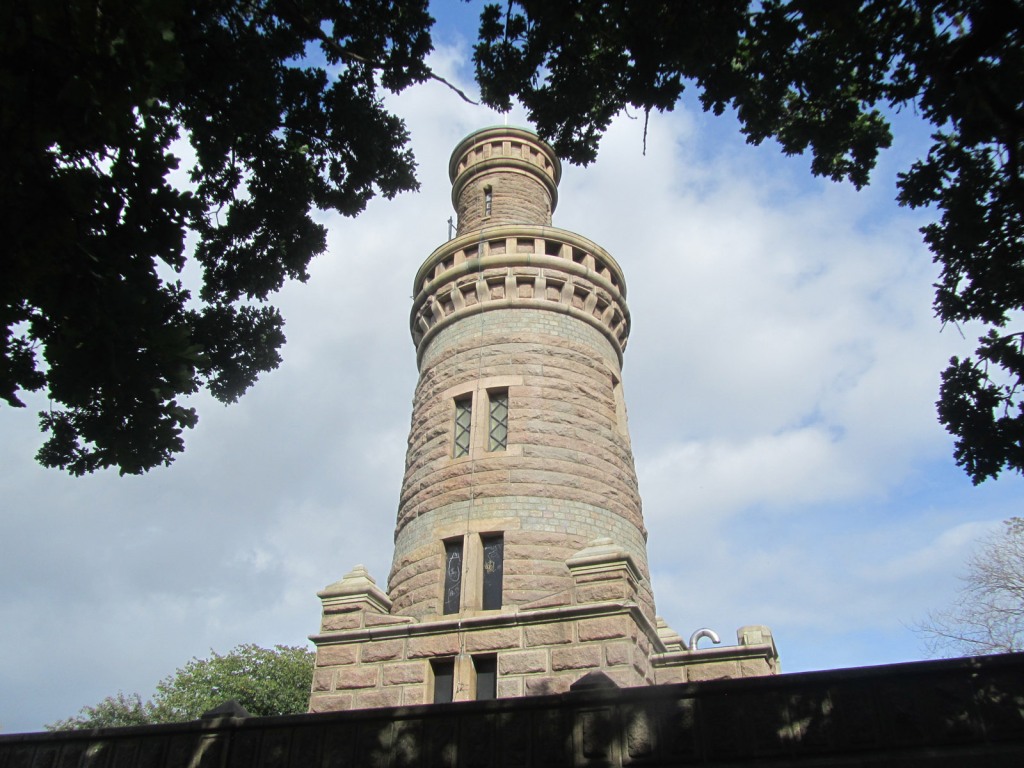
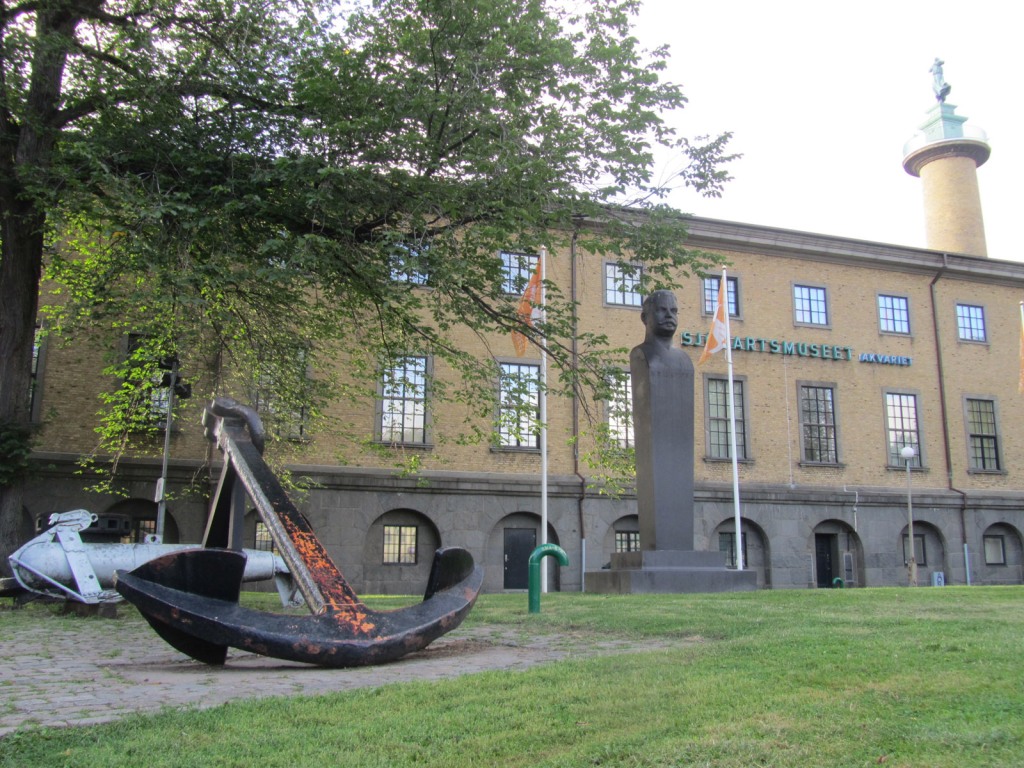
Being a place so closely associated with the sea, it was no surprise to find an excellent aquarium in Gothenburg. Its aged exterior belies the quality of fishy displays within.
Keeping to the theme of fish, the Natural History Museum of Gothenburg sports the world’s only stuffed blue whale, set up with an unnaturally hinged mouth and access for top-hatted fellows to dine in style inside. Whale-stuffing, while frowned upon these days, was quite the mark of the eclectic collector in the late 1800s.

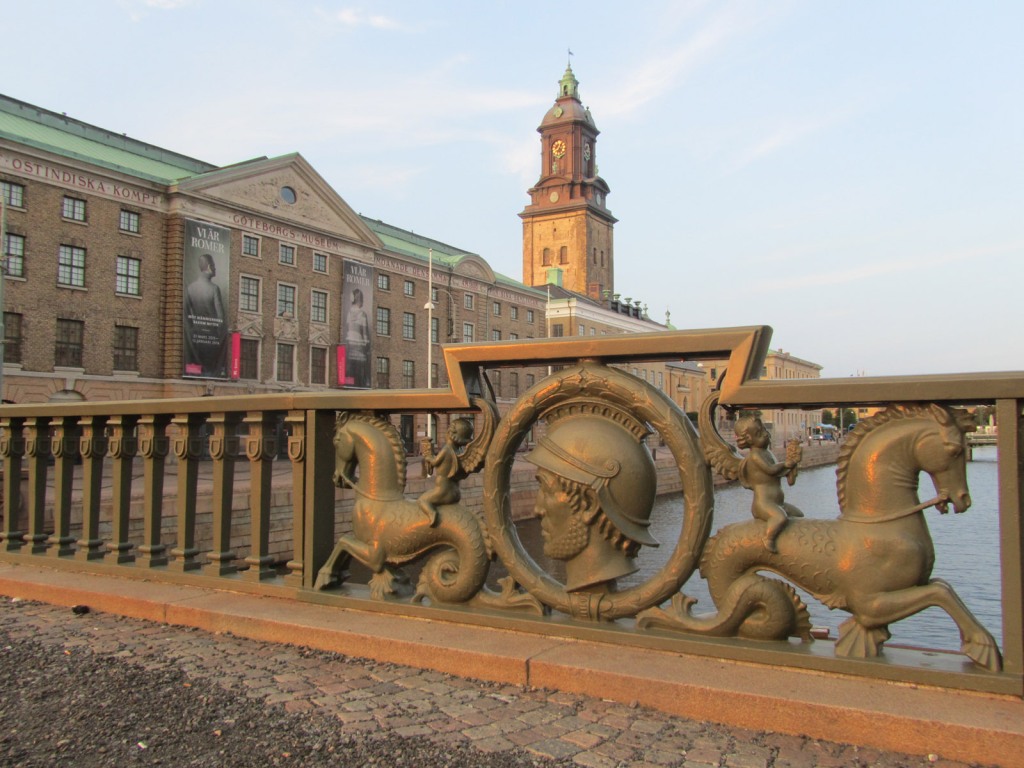
The Museum of Gothenburg is right in the city centre on one of the canals, and occupies the former offices of the Swedish East India Company. I’m struggling to find any relevant information about the merhorses in the bridge’s balustrade.
The city’s primary further educational establishment, the University of Gothenburg was founded in 1891 and hosts over 53,000 students as of 2023.
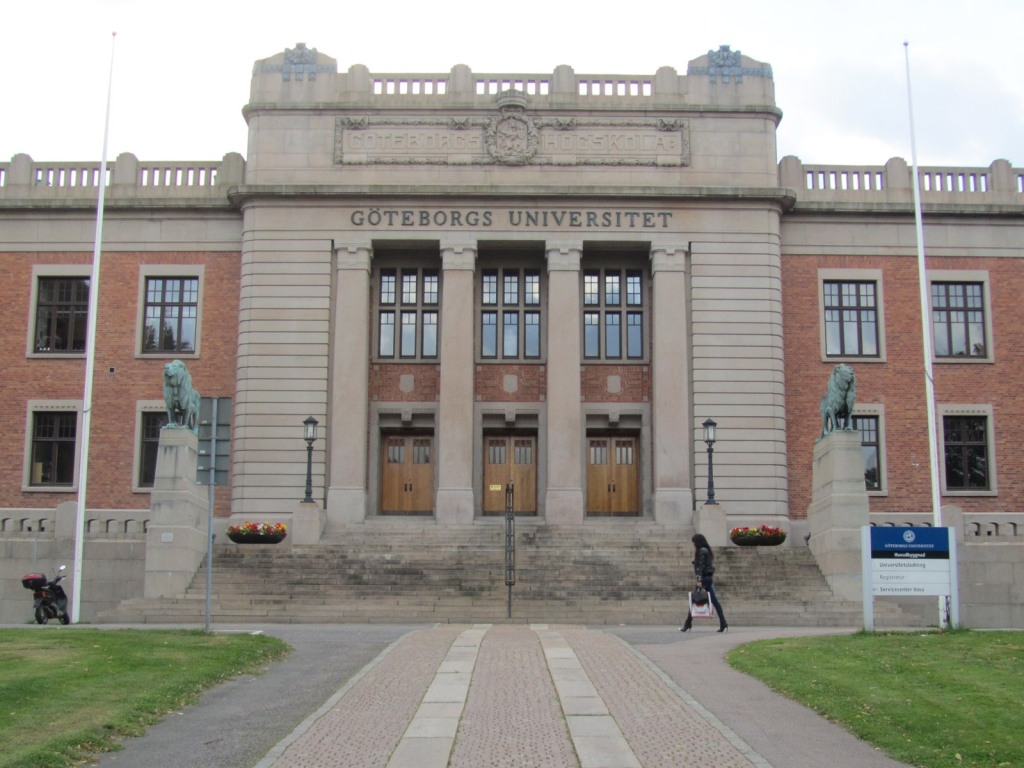
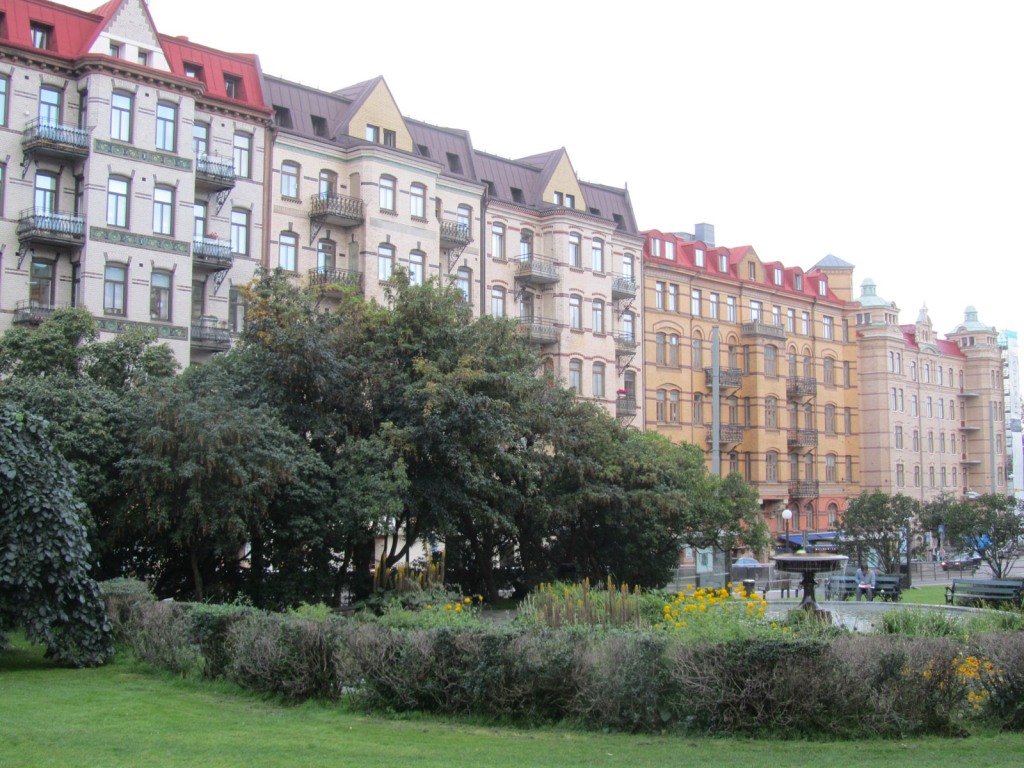
Fancy apartment buildings on Vasaplatsen, near the University of Gothenburg, also as seen in the header photo of this page.
This dramatic statue caught my eye as we wandered back to the hotel, it is of two knife-wielding fighters bound together by a belt, and is called Bältespännarna. The fountain behind adds nicely to its raw feeling.
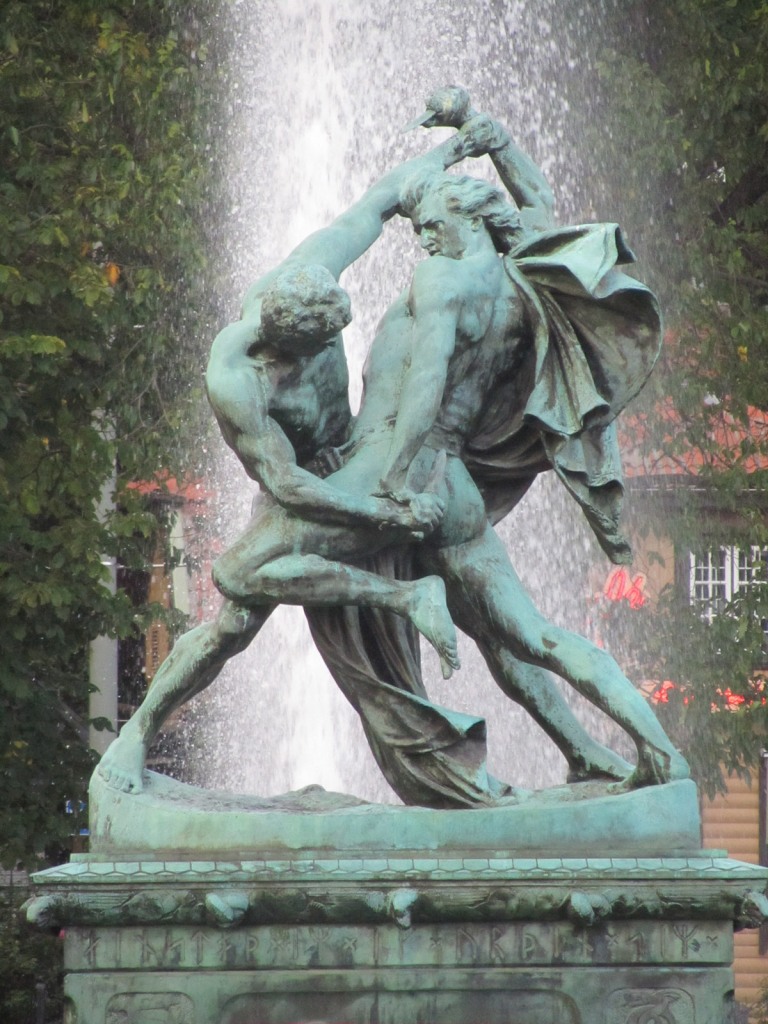

Wandering the shops on Korsgaten, on the island that makes up the old centre of the city.
Of course, in Sweden they all dress like this. Just like we all wear kilts in Scotland. Window shopping on Kyrkogatan, although to my untrained eye this looks a lot like lederhosen? Perhaps it’s for the German stag night market.

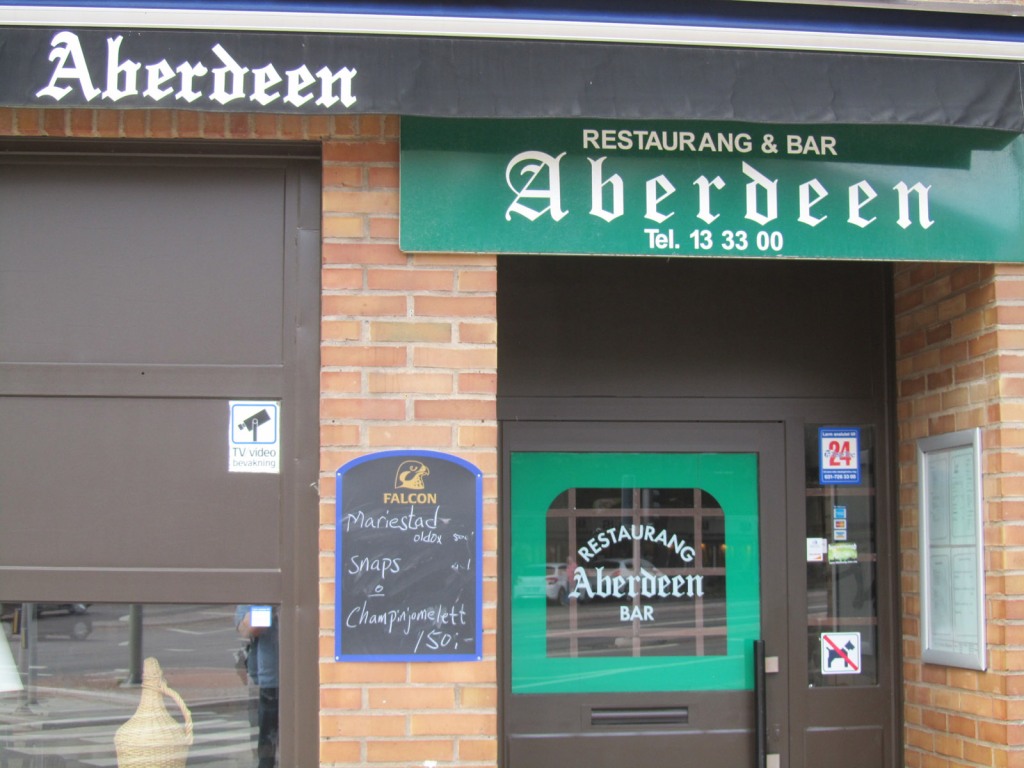
I felt instantly at home, however, upon seeing the Aberdeen restaurant and bar – surely any establishment bearing the proud name of my home city would be a quality establishment?
Down by the harbour, Gothenburg’s Opera House stands in pride of place. It is also used for musical productions and ballet.
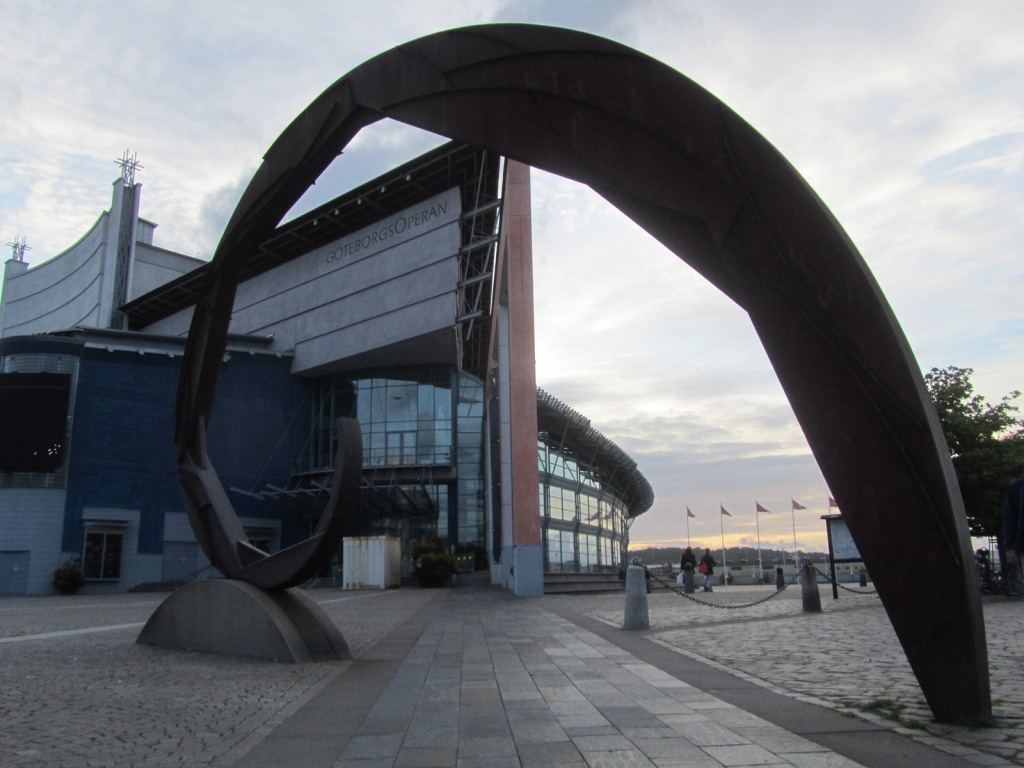

Barken Viking was the largest sailing ship to be built in Scandinavia, and first took to the seas in 1906. She is seen here with Lilla Bommen, otherwise known as “The Lipstick” building in the background. We sat by the harbour and had a beer as the sun went down.
Created 2014 | Updated 2023
